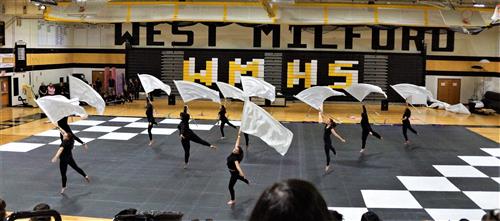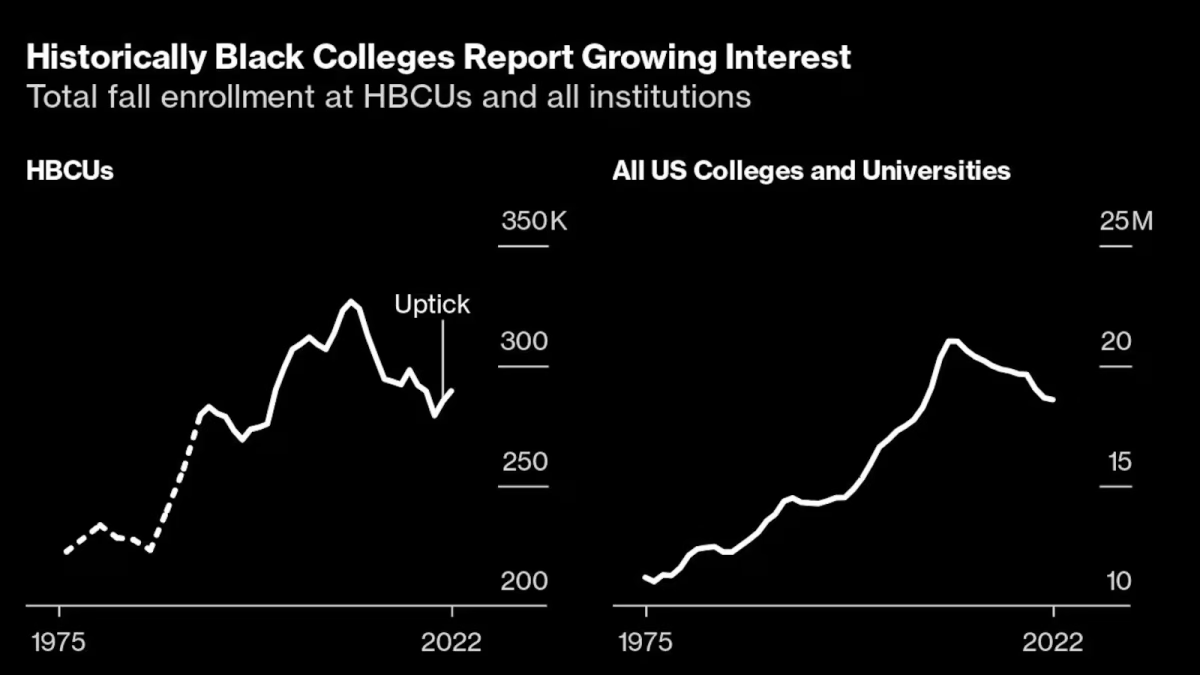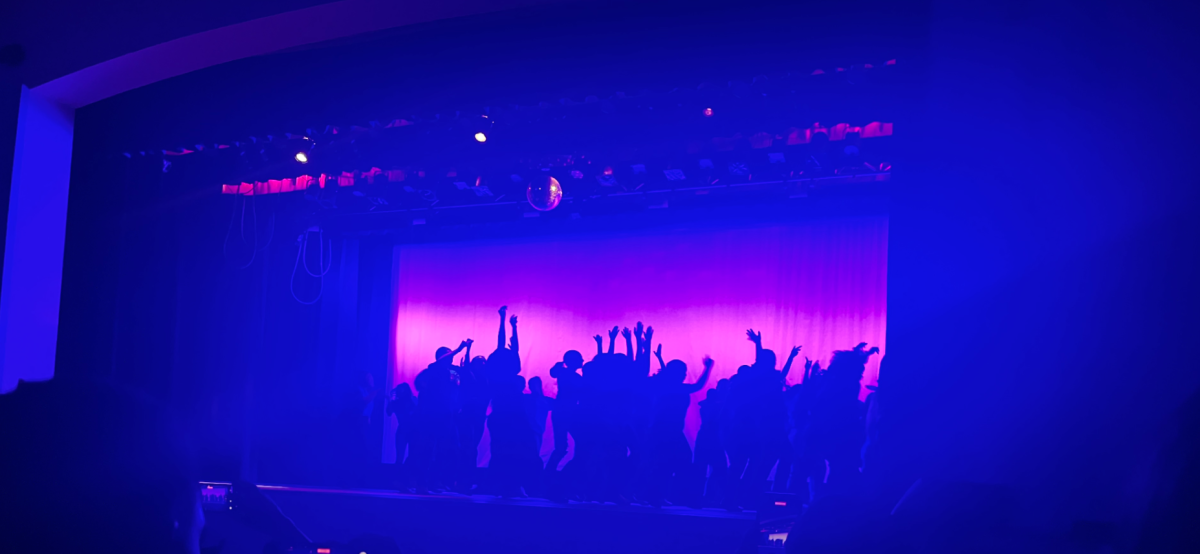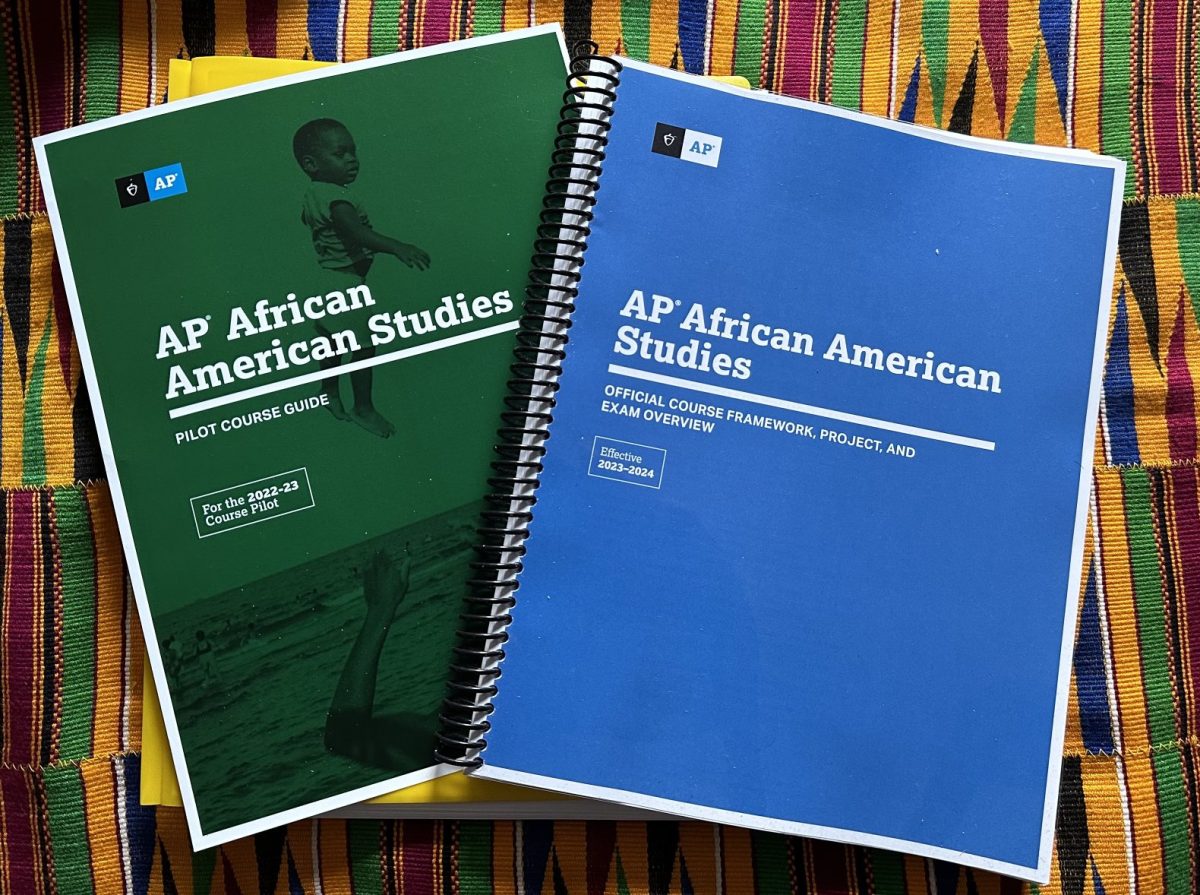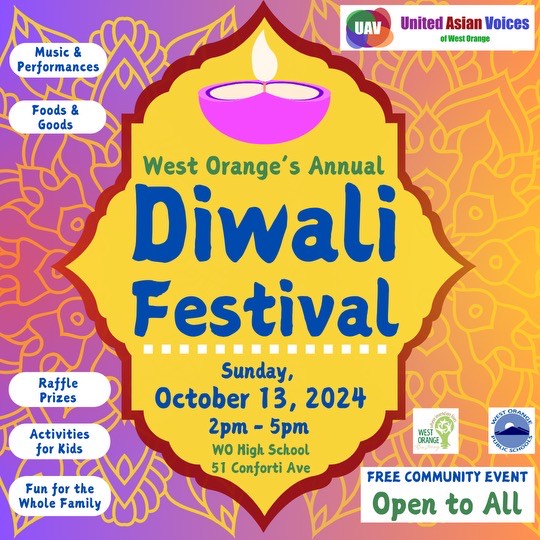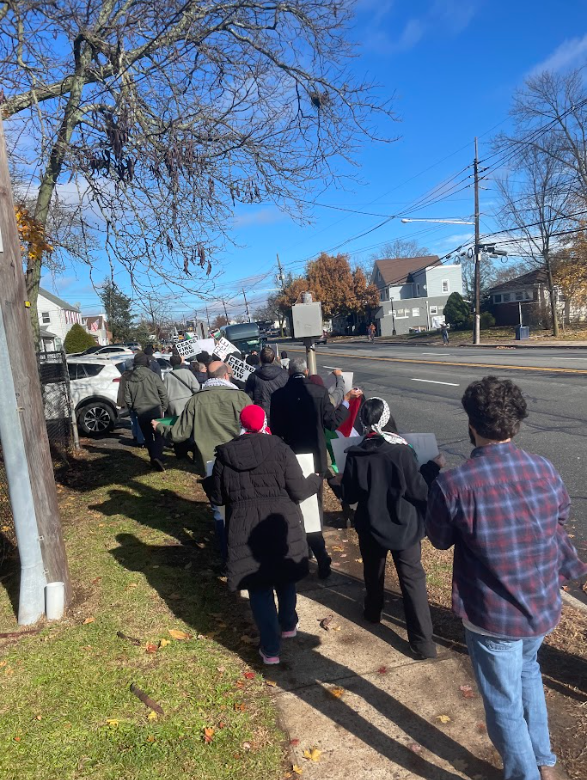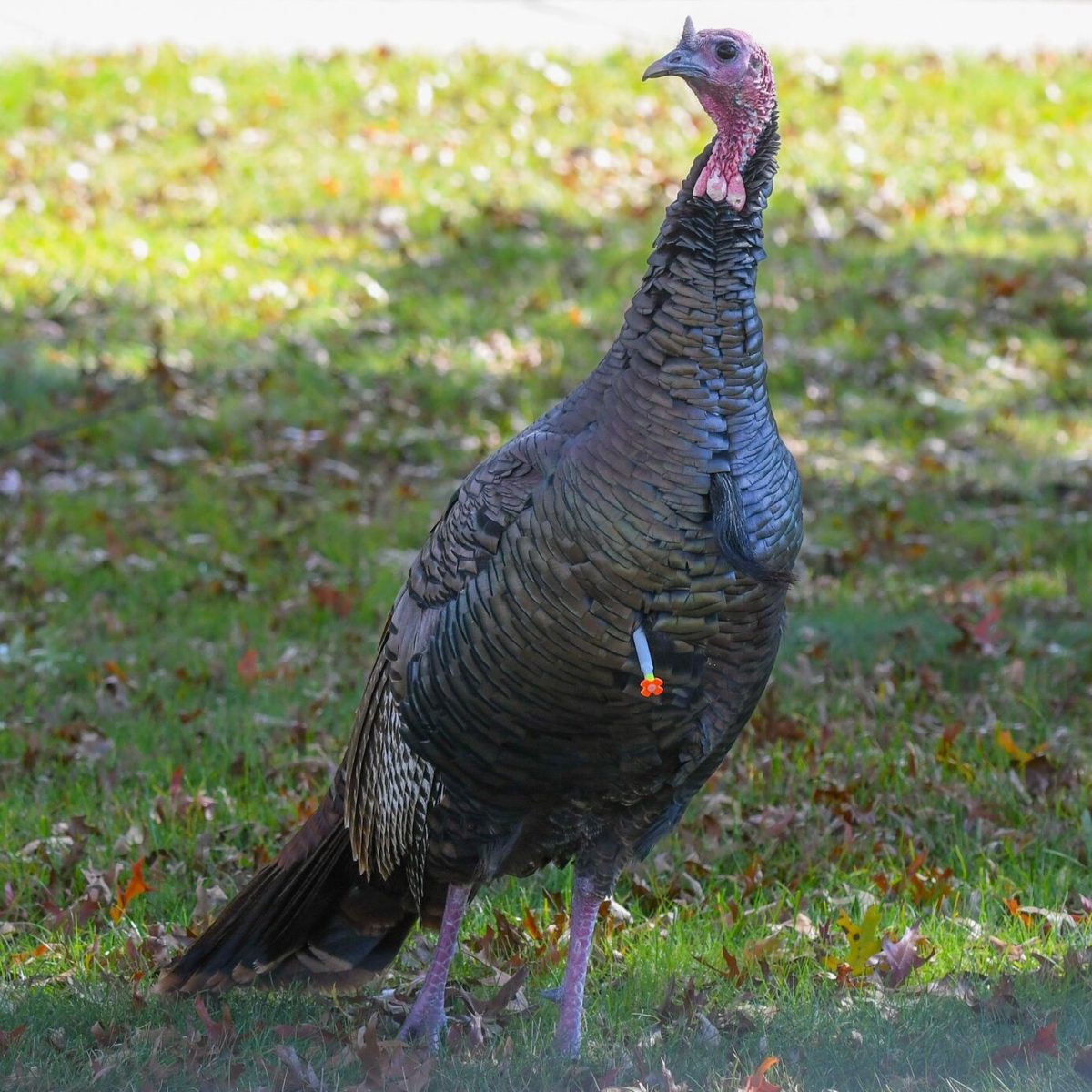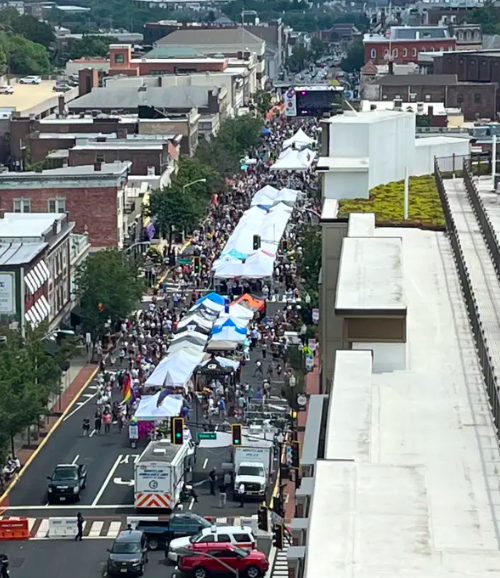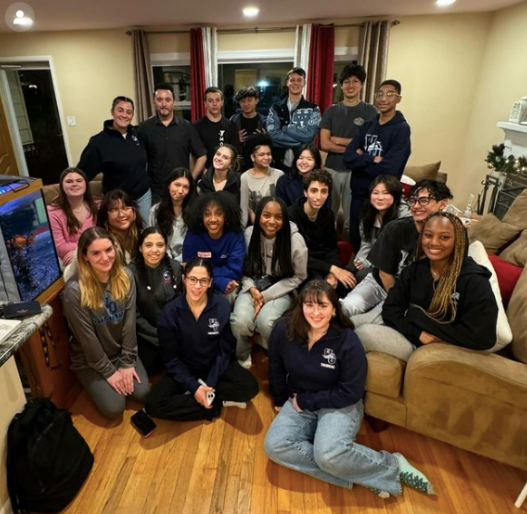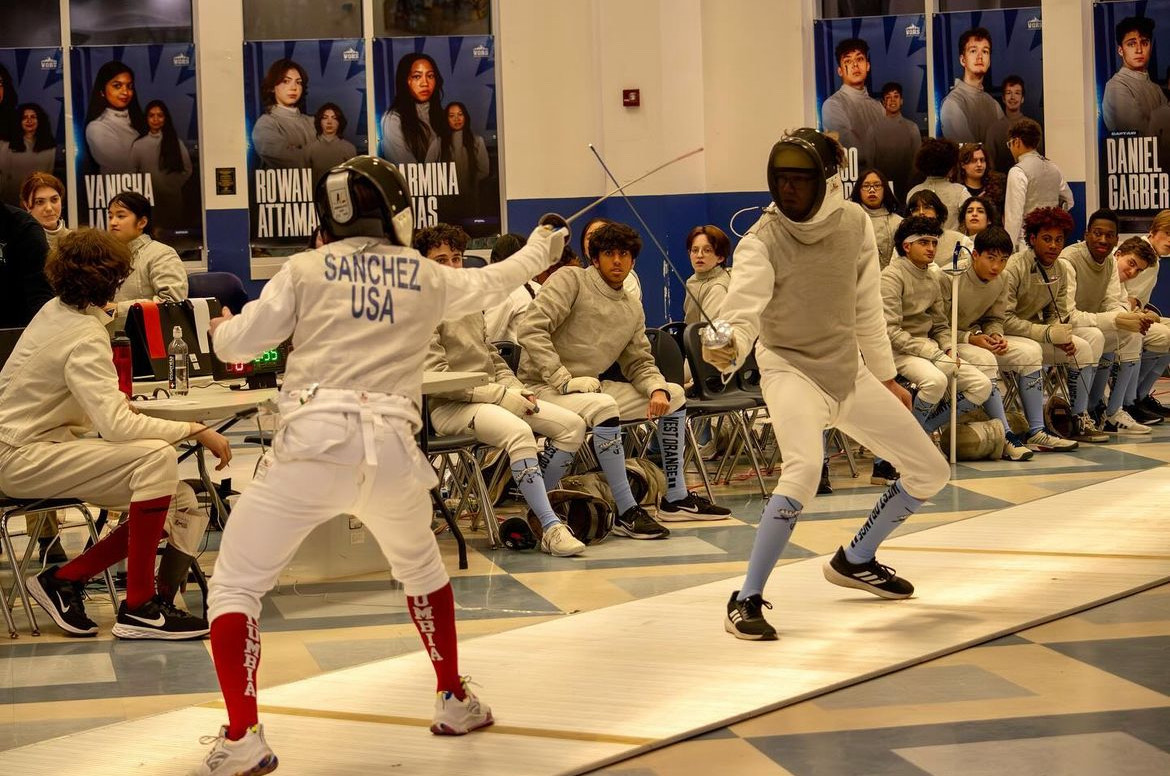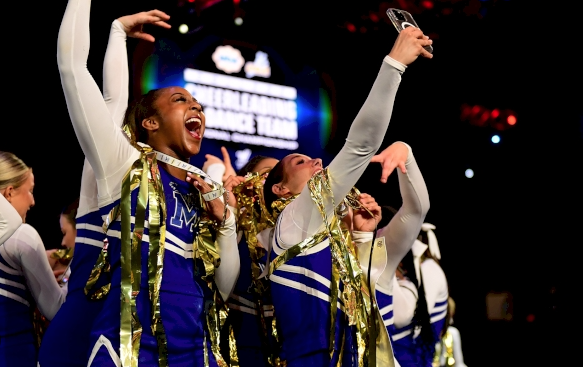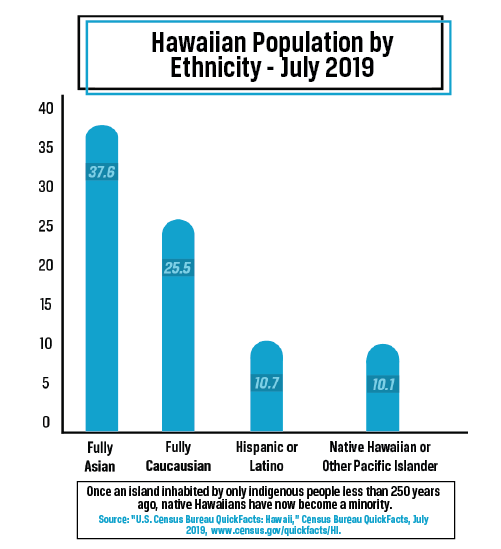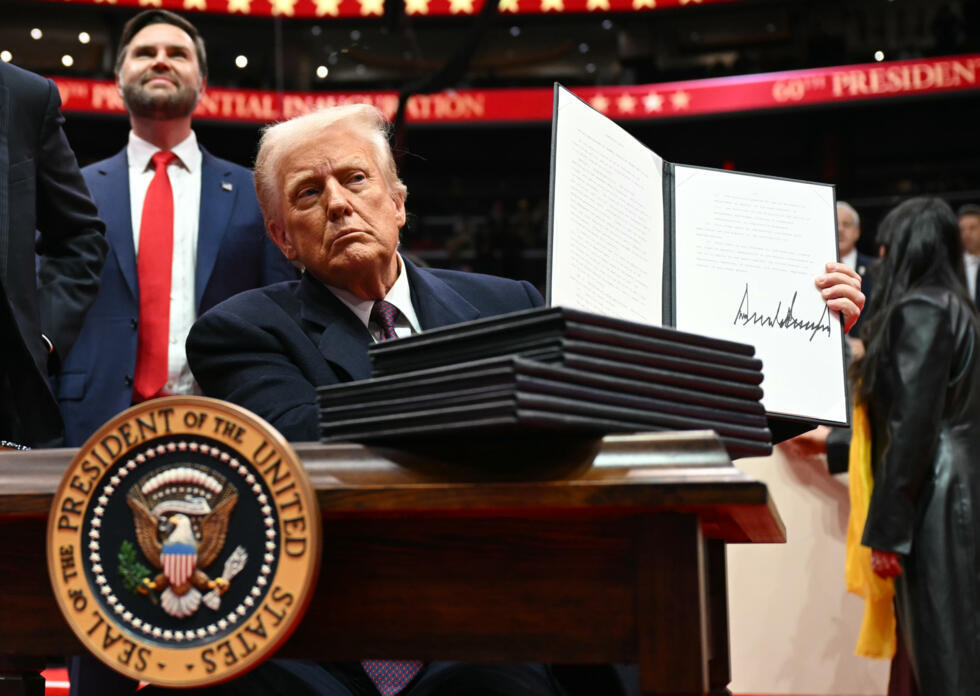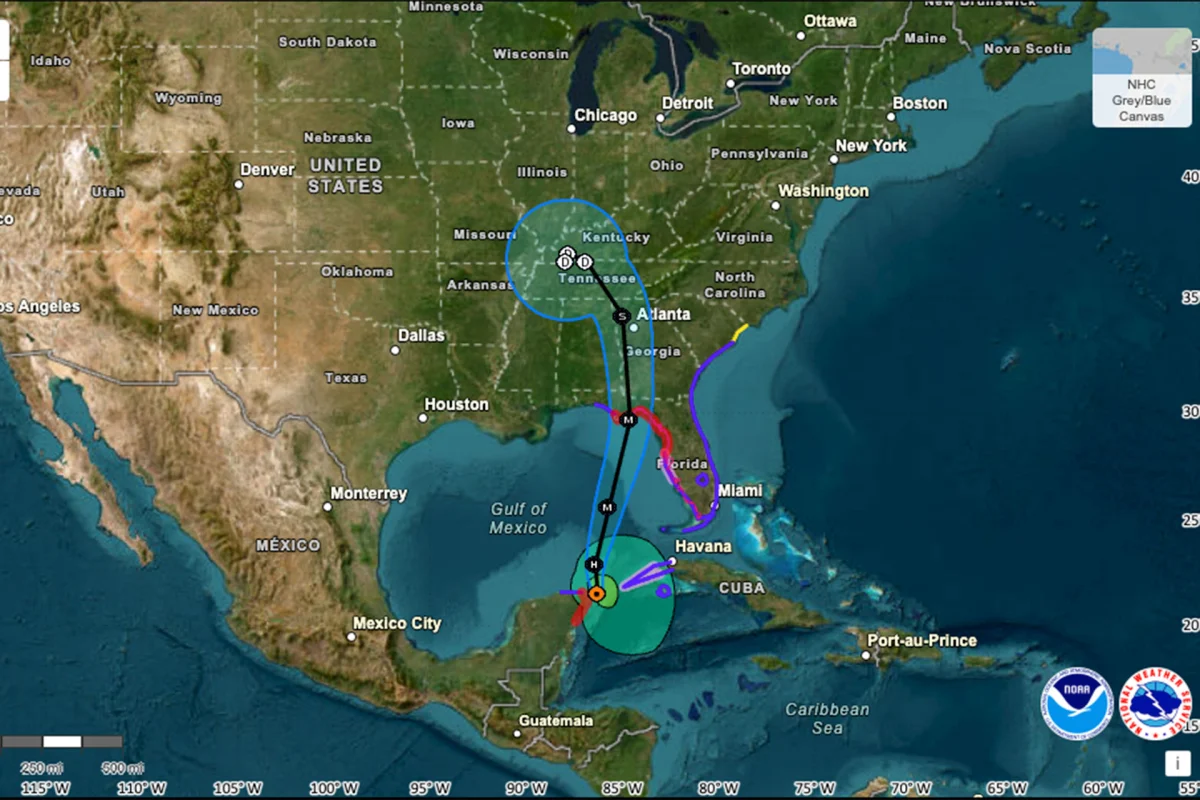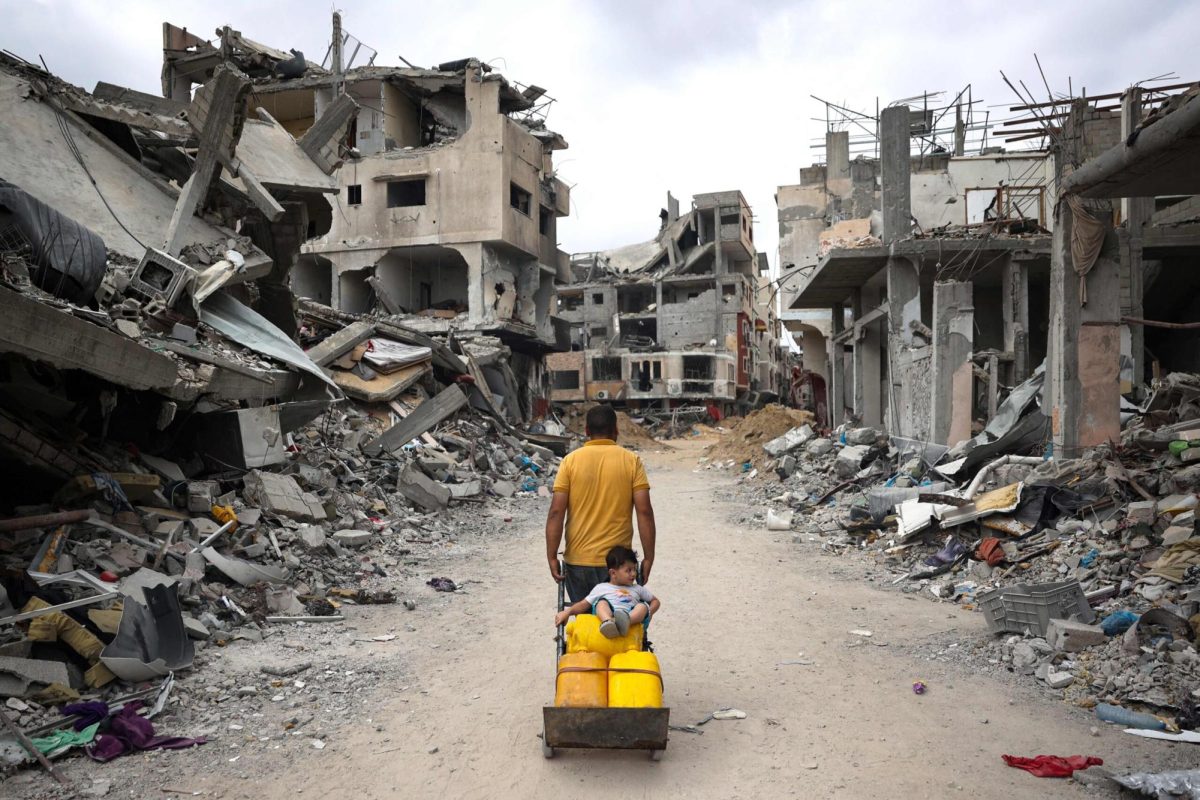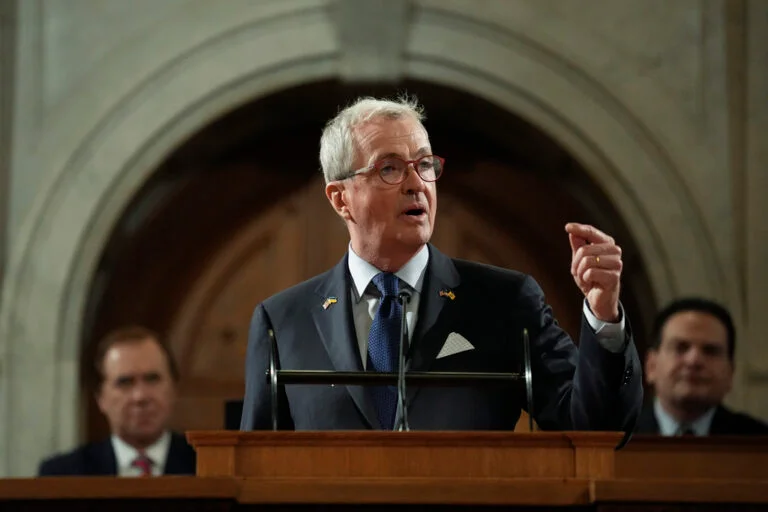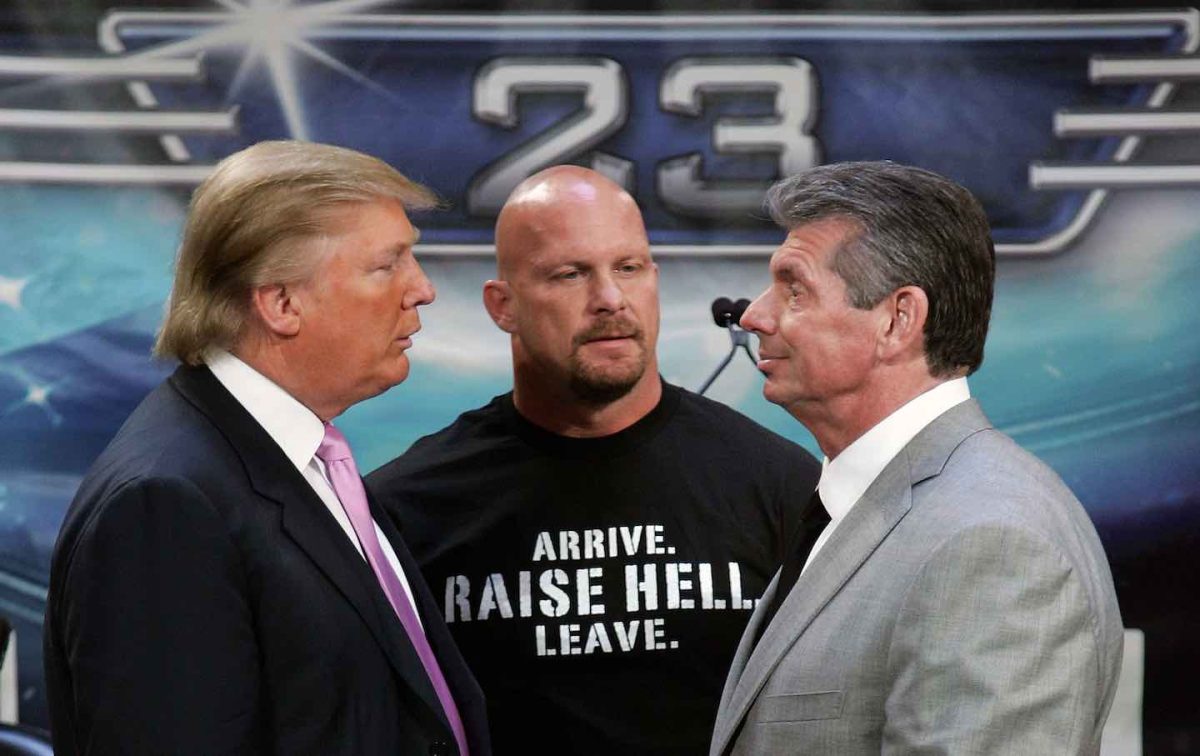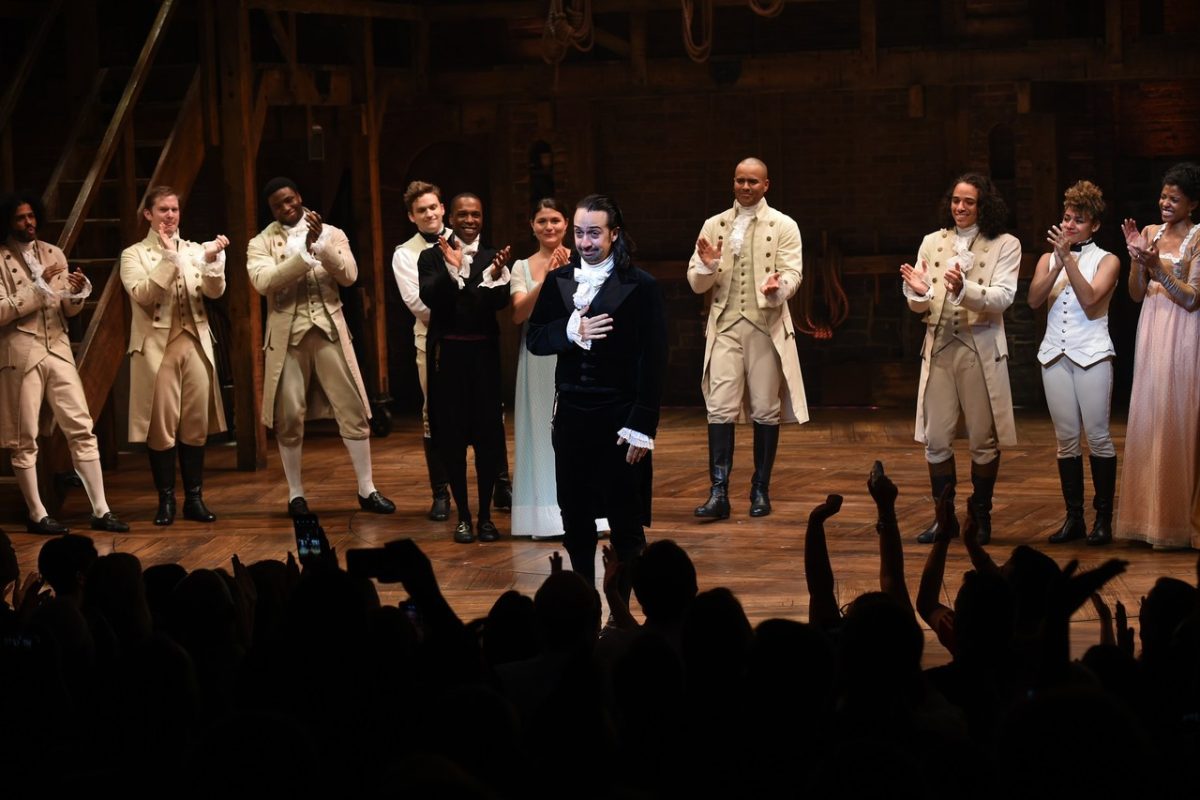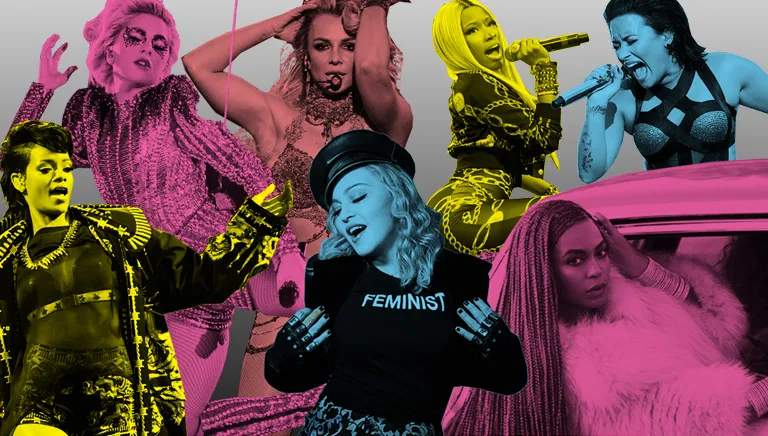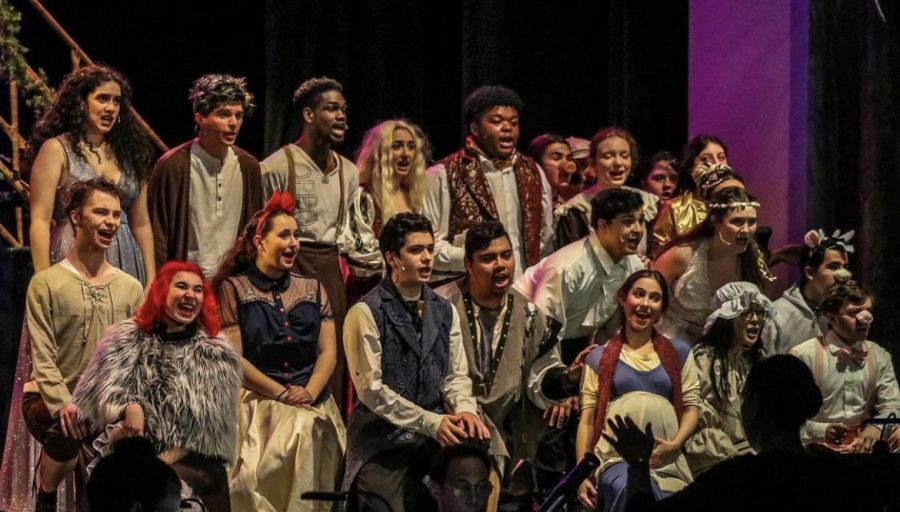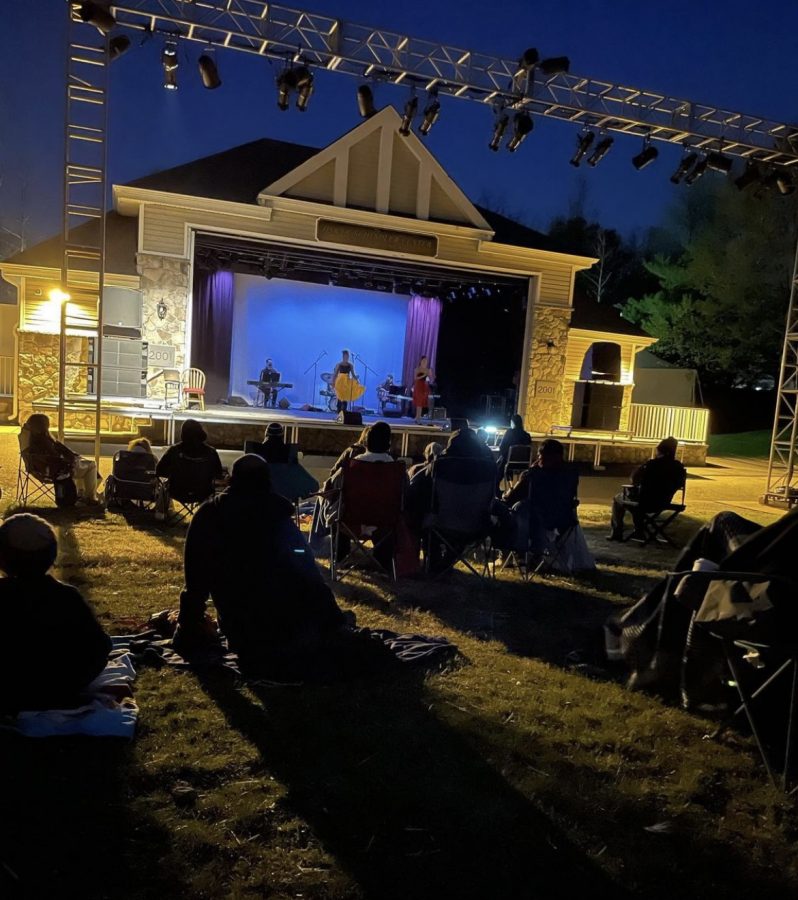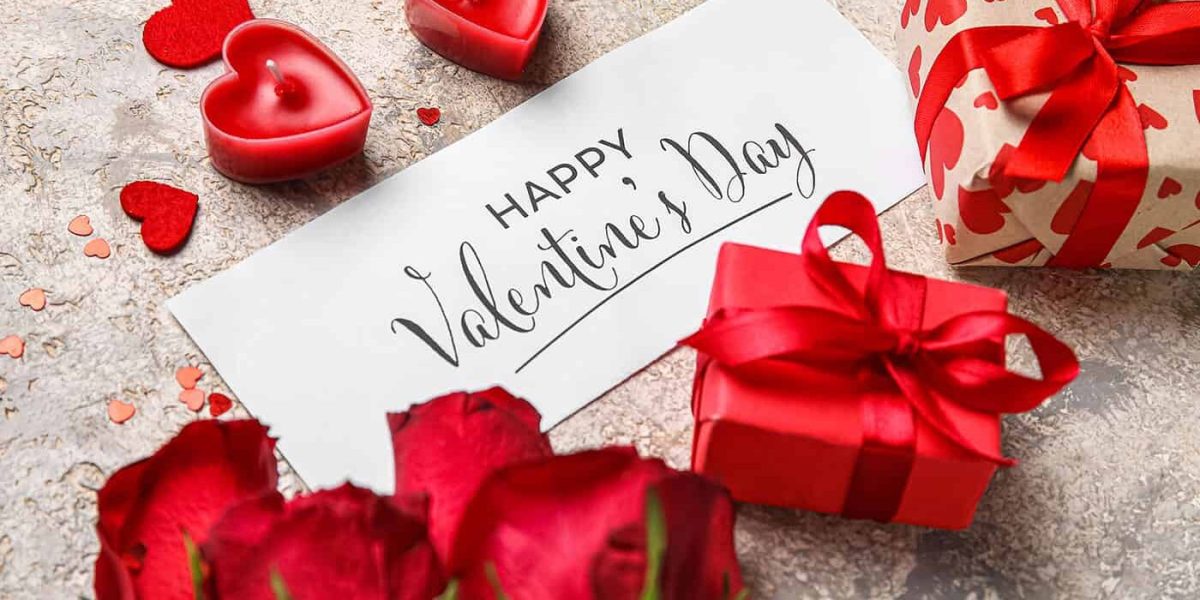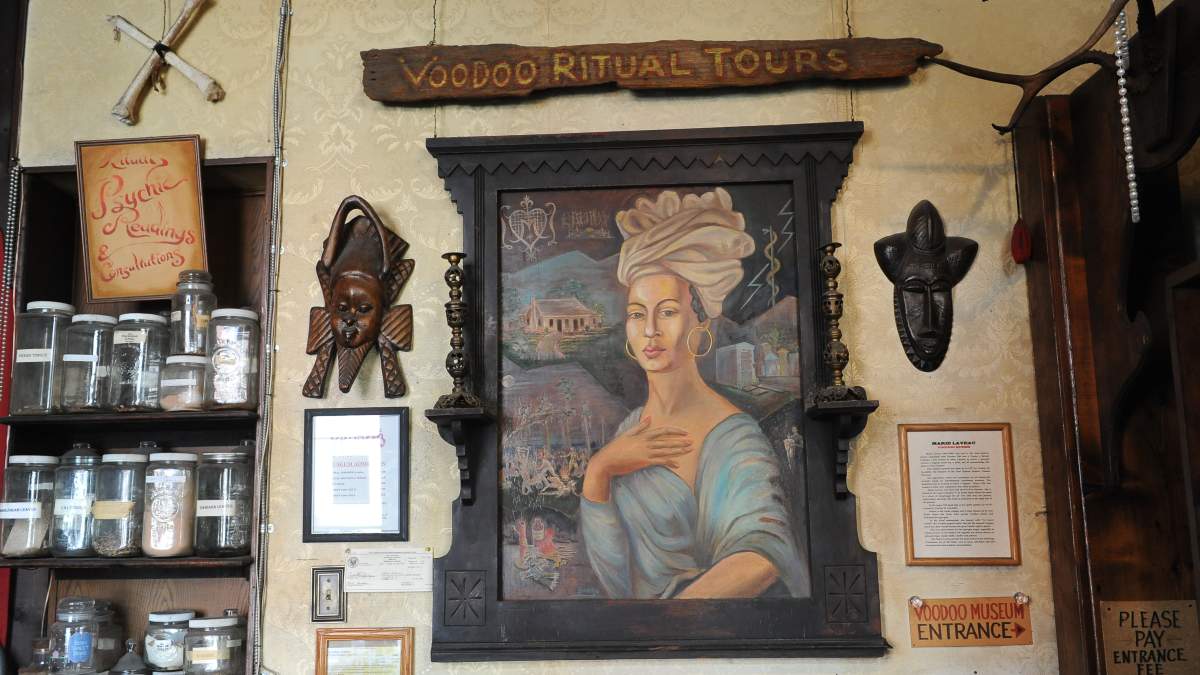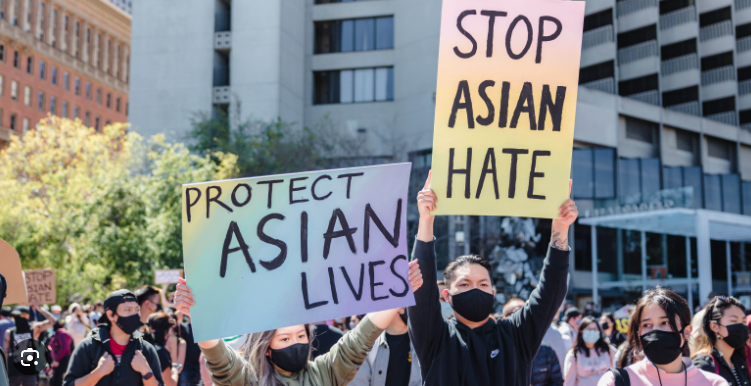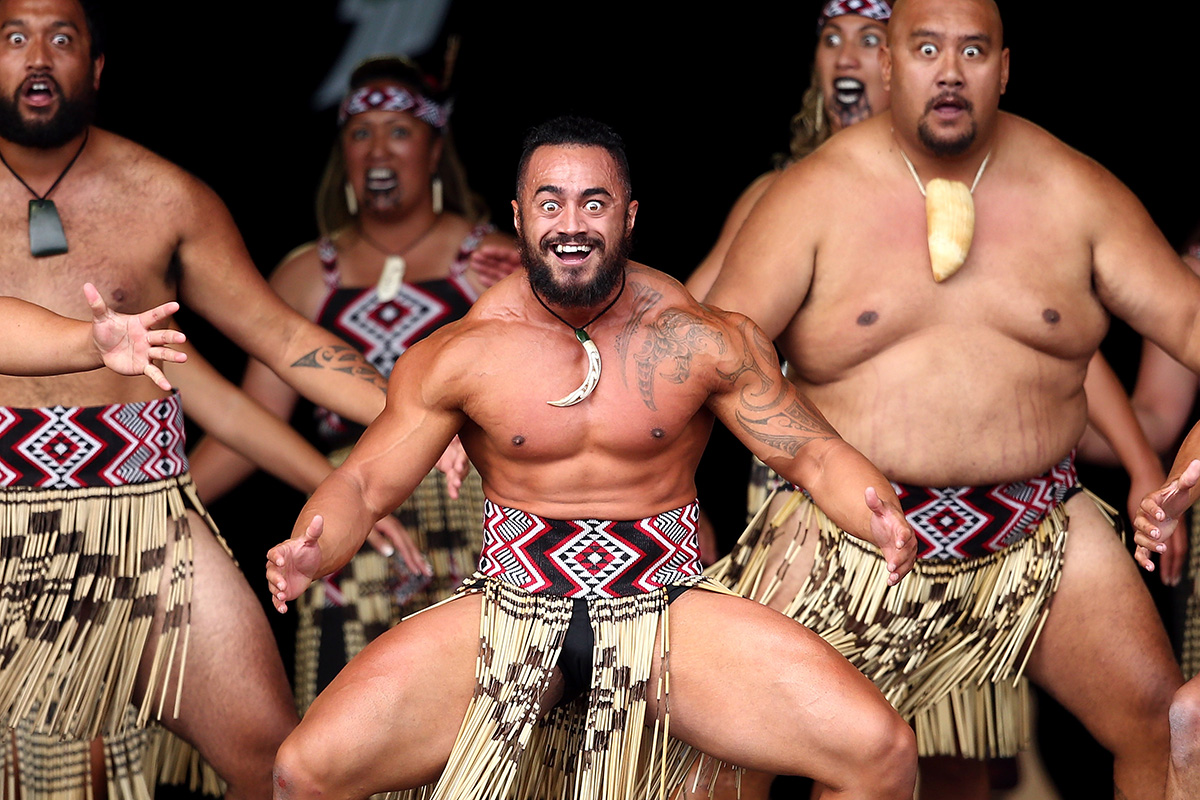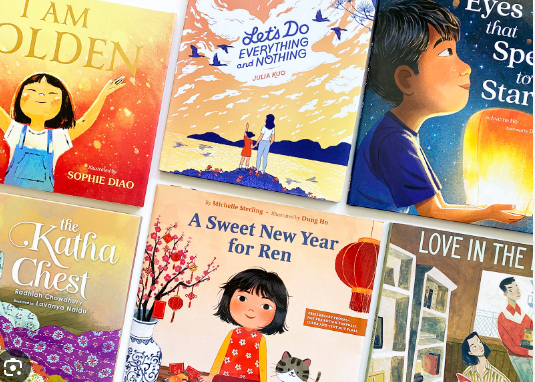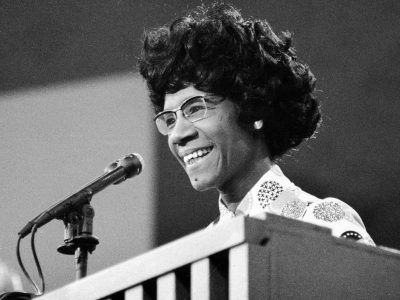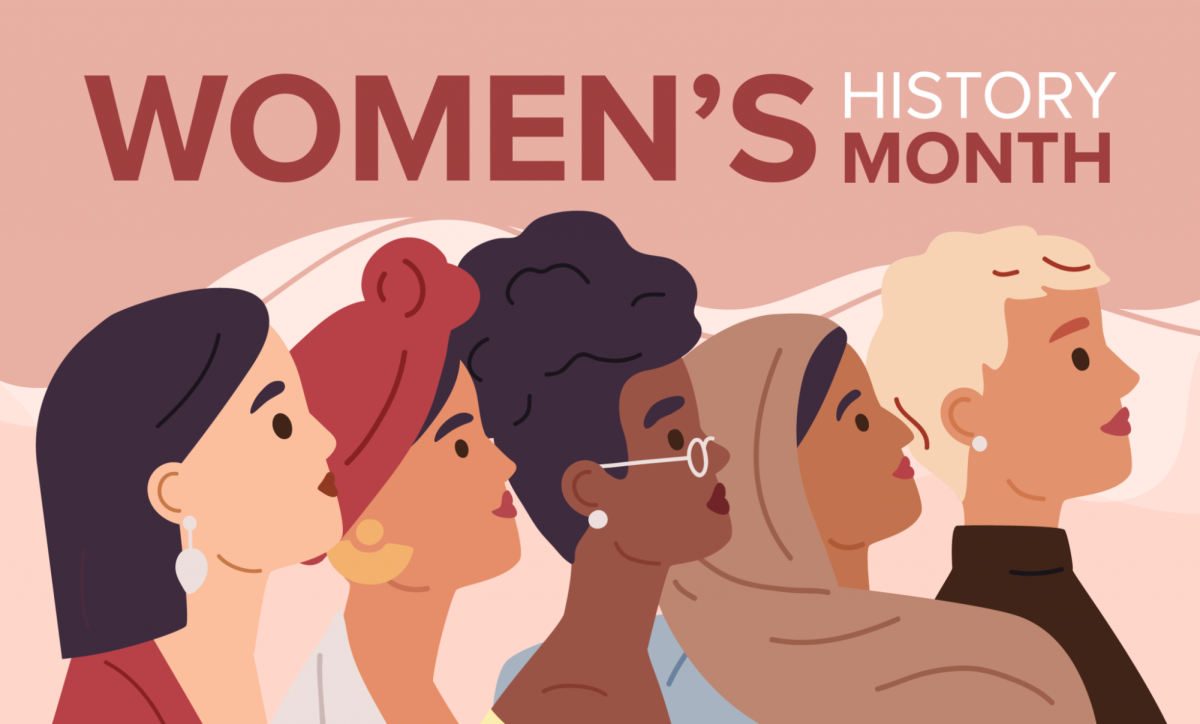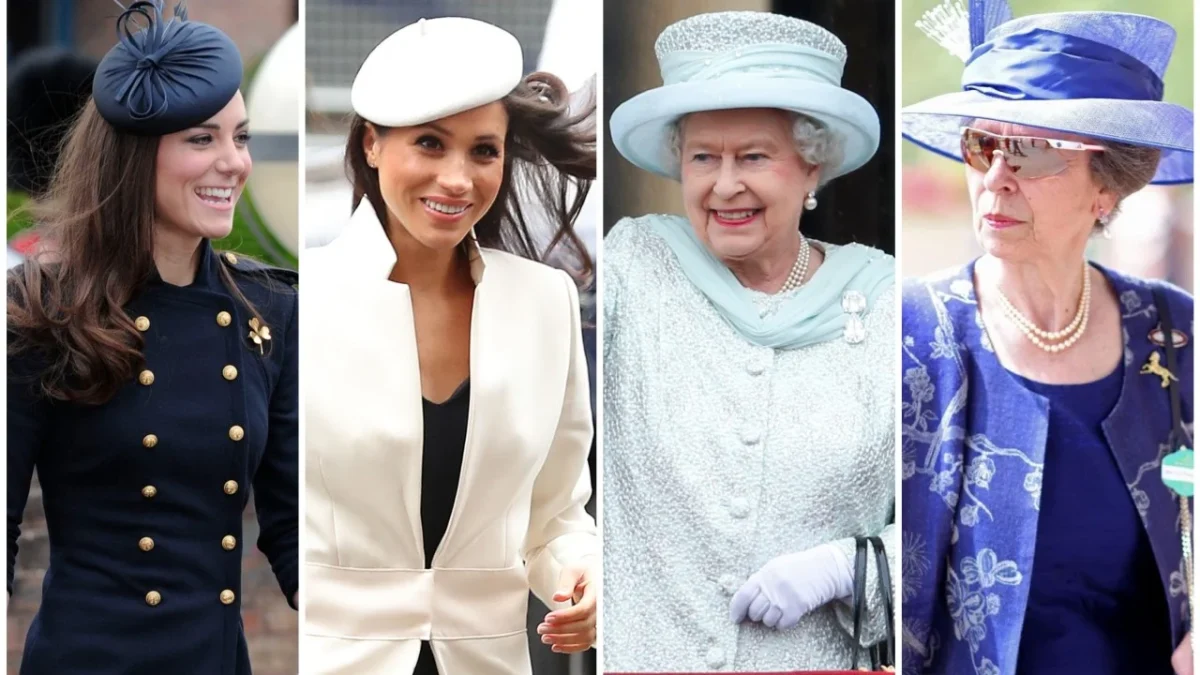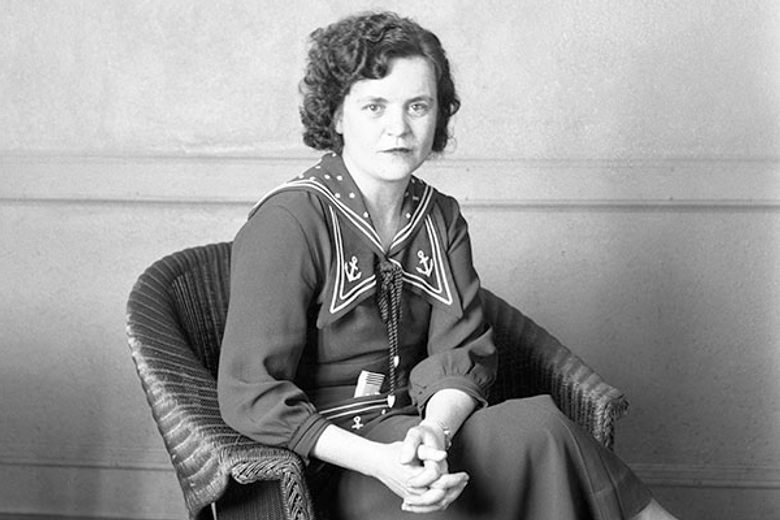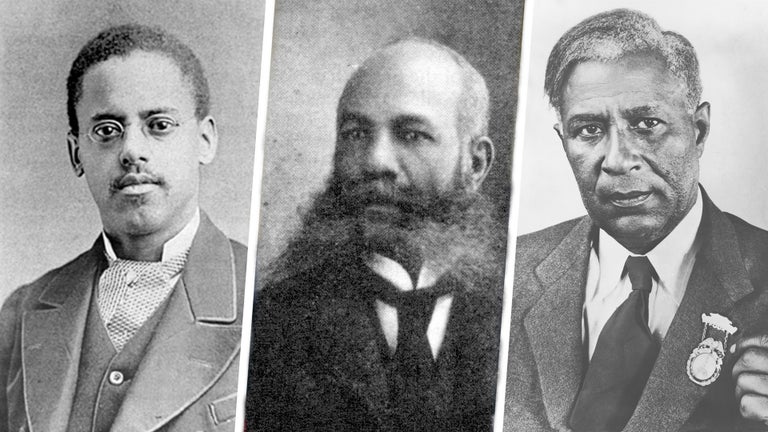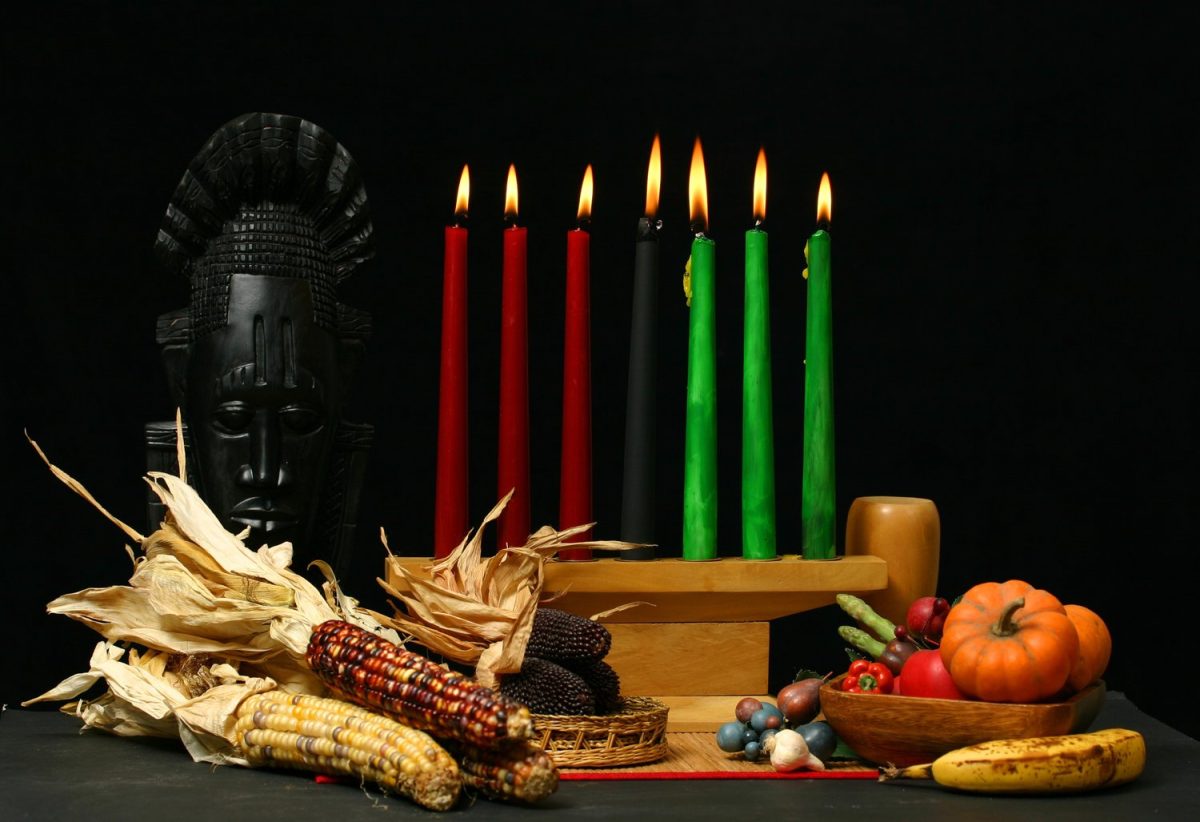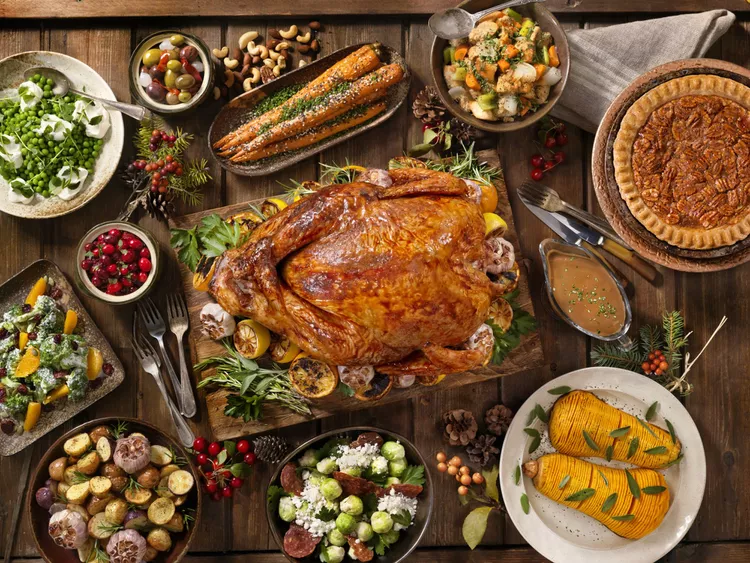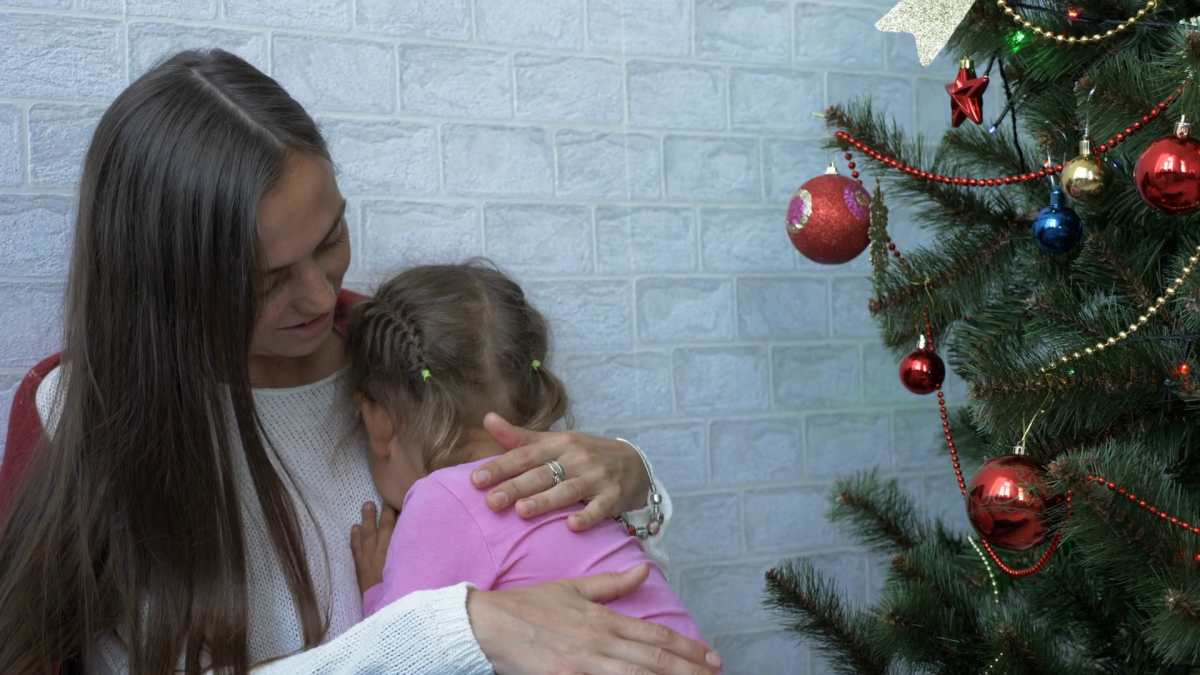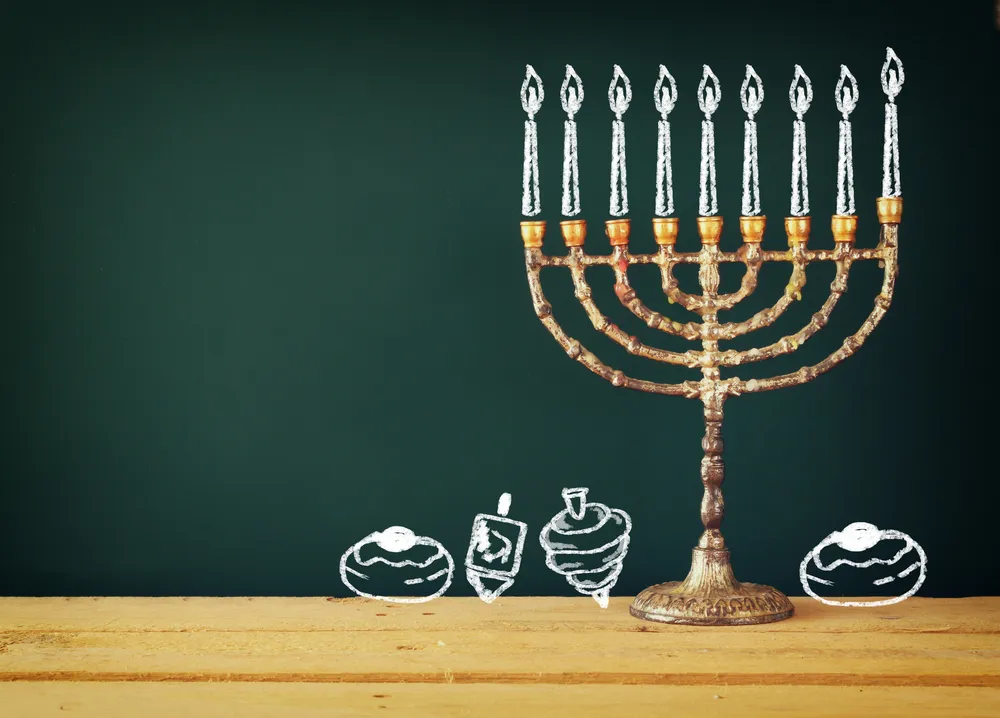From December 26th to January 1st, 30 million people worldwide will gather with friends and family to celebrate Kwanzaa, a holiday dedicated to African American “history, values, family, community, and culture”.
History
Kwanzaa was first introduced in 1996 by Maulana Ron Karenga, a professor of Africana studies at California State University. Karenga drew inspiration from the traditions and practices of African culture while formulating his revelry.
The holiday received its name from the Swahili phrase “matunda ya kwanza”, which translates to “first fruits” — revealing its roots in the celebration of the harvest. An extra “a” was added to “Kwanzaa” to elongate the word so that one letter represented each of the seven children present during the ceremony.
Kwanzaa is not only celebrated in the United States, but also in countries that have a large majority of African descendants, namely Jamaica, the Caribbean, France, Canada, and Brazil. It began to gain traction during the Afrocentrist movement of the 1980s and 1990s when there was a strong desire to appreciate African history and contributions.
Celebration
The Nguzo Saba, or the Seven Principles of Kwanzaa, plays a major role in the festivities. A candle is lit on the Kinara (candle holder) on each day to represent that day’s principle. The principles include: Umoja (unity), Kujichagulia (self-determination), Ujima (collective work and responsibility), Ujamaa (cooperative economics), Nia (purpose), Kuumba (creativity), and Imani (faith). The candles are red, green, and black to symbolize the Nguzo Saba.
Along with the seven principles are seven symbols that are associated with Kwanzaa. Mazao (the crops) rewards the productive and collective labor of the harvest; Mkeka (the mat) recognizes the foundation of African tradition and history; Kinara (the candleholder) symbolizes roots in continental Africa; Muhindi (the corn) reference the future in which the children embody; Kikombe cha Umoja (the unity cup) represent how unity establishes a foundation for endless possibilities; Mishumma Saba (the seven candles) initiate the seven principles that help one in reconstructing their lives according to their needs; and Zawadi (the gifts) display the labor and love of parents for their children, and the commitments made by the children in return.
Further, food is instrumental in observing Kwanzaa. Favored or special meals such as collard greens, candied yams, or jollof rice are among the many plates in rotation during this holiday. And the climax of such indulgences comes during the Karamu (large feast). This spread is prepared on the sixth day and incorporates a number of popular dishes, assisting in the conclusion of Kwanzaa. Often, participants will wear traditional African clothing to commemorate the holiday on this day.
Kwanzaa has a rich background in the celebration of culture and is important to recognize as a part of the holiday season. While it is fairly new, Kwanzaa is influential in joining the hands of millions and has no doubt had a profound effect on those who observe along with those who are interested in exploring more about various traditions.
